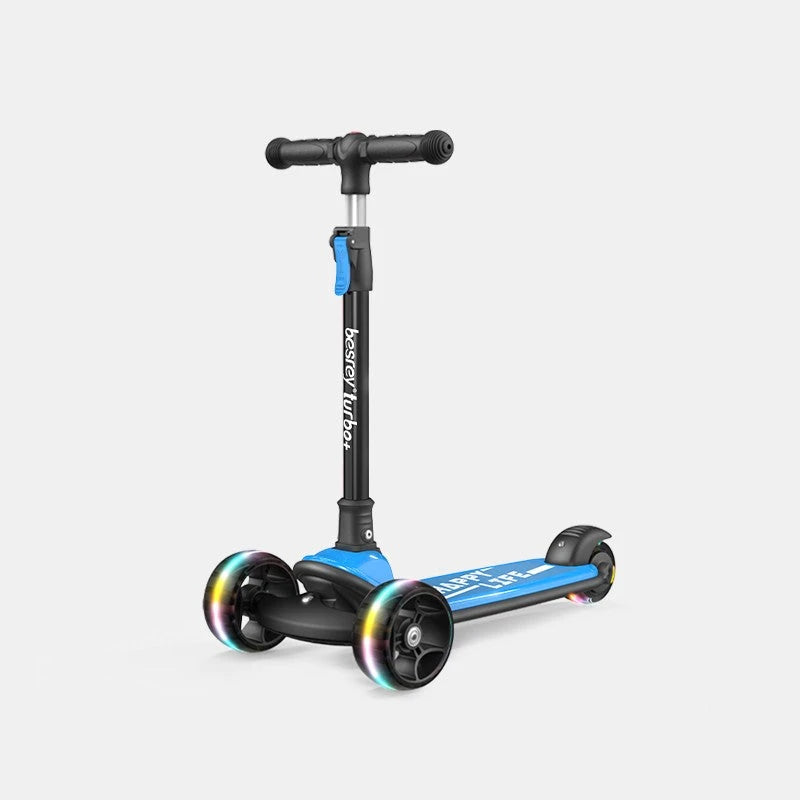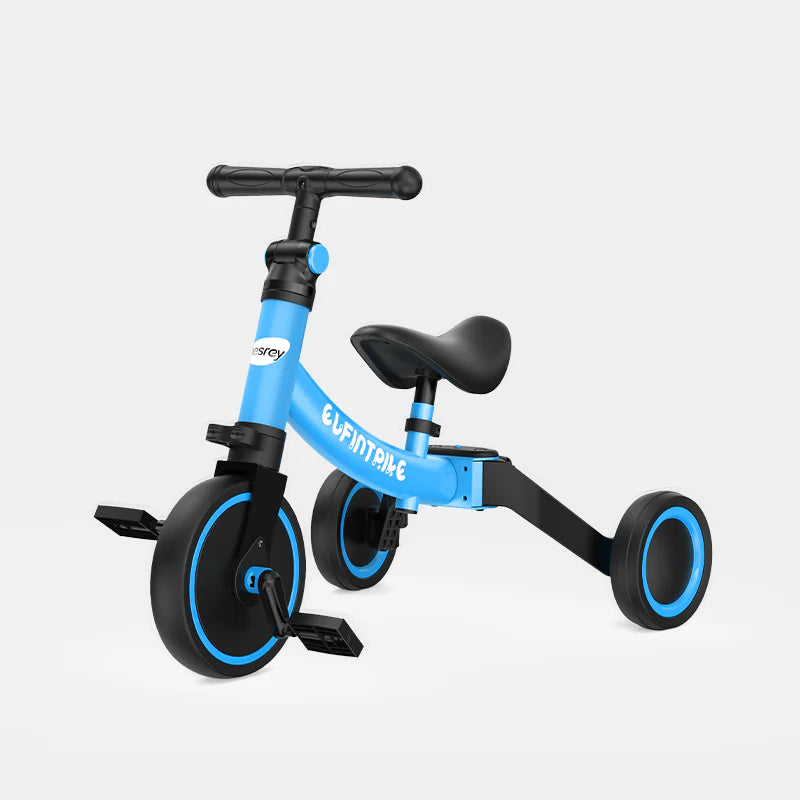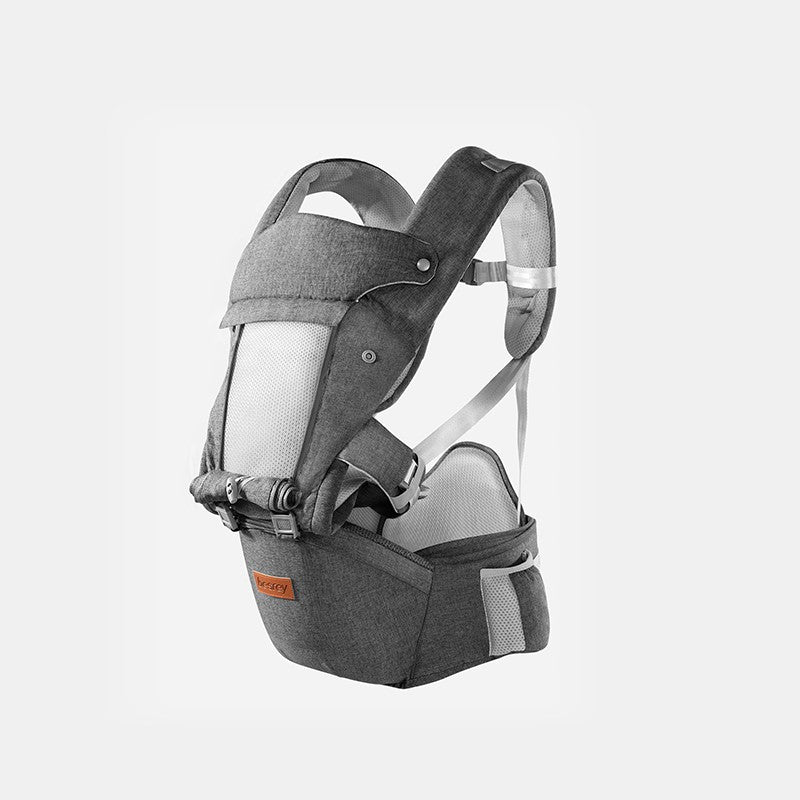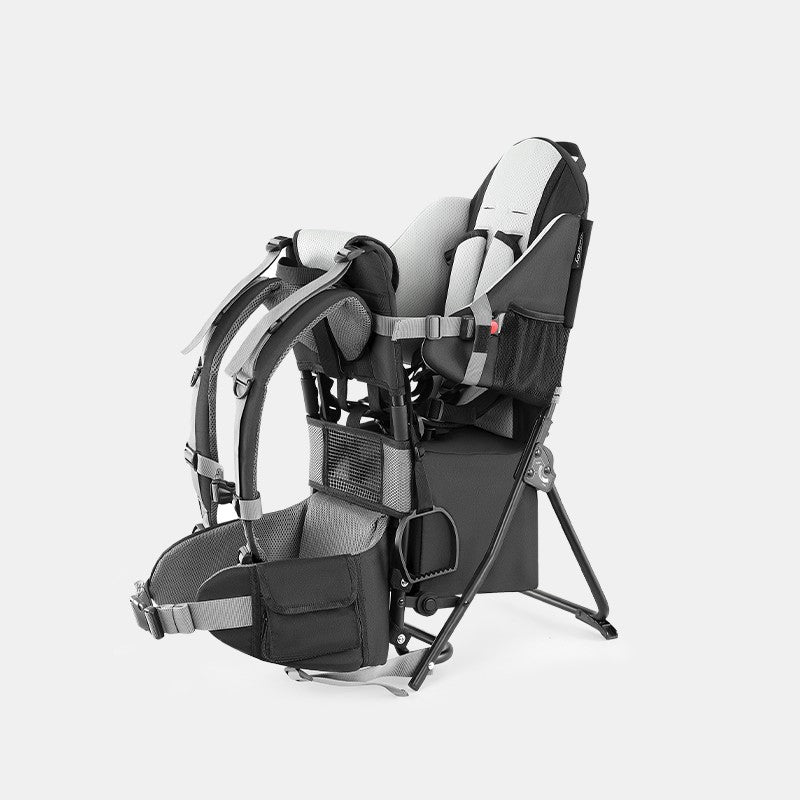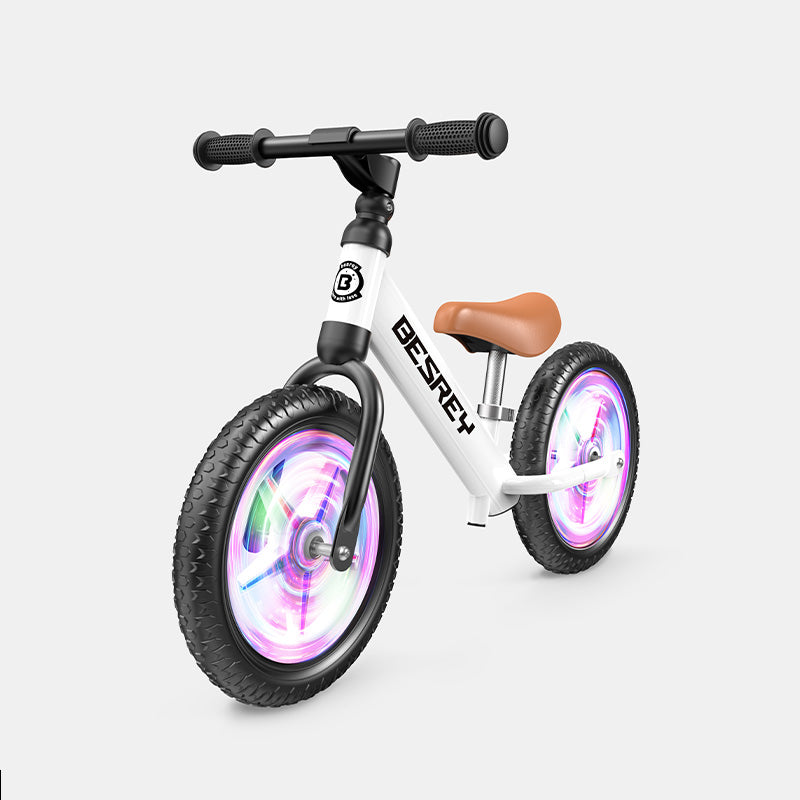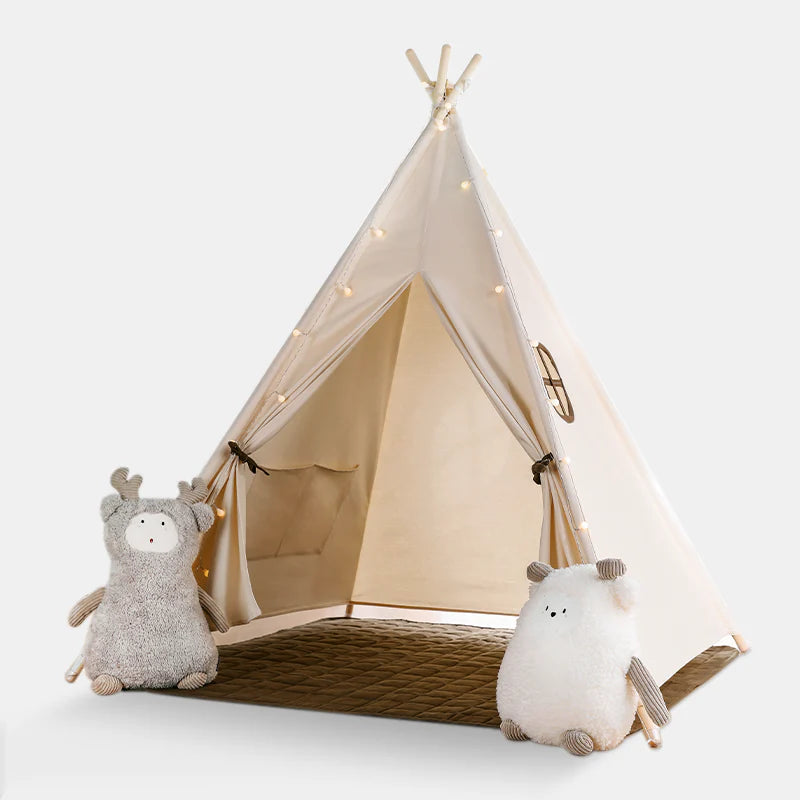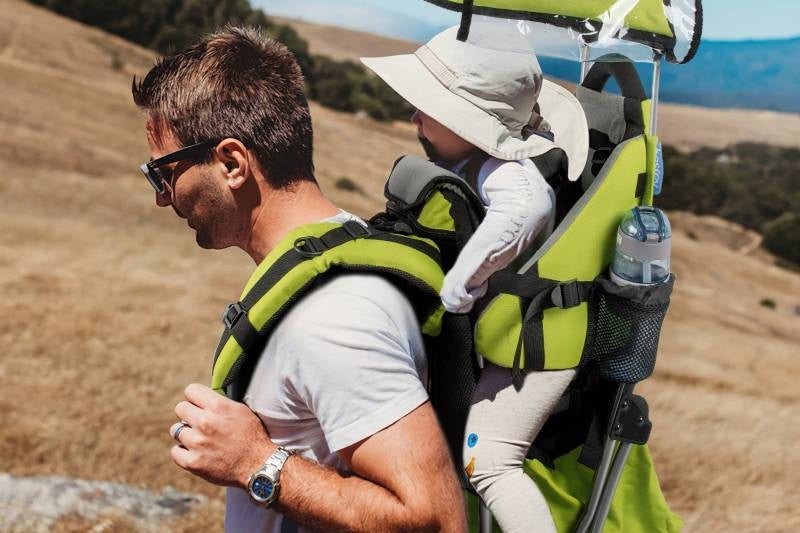
Hiking Baby Carrier: Frame Backpacks vs Soft Carriers for Hiking
Baby carriers are essential for parents on the go, making it easier for you to carry your little one while still using both hands. It makes it possible and fun to hike with two little ones by using a good baby carrier. You can hold the younger baby and walk with the older one together.
However, there are many different styles on the market, and it's not always easy to choose the right one. Two main types of common baby carriers are soft structured and framed carriers. Here's a look at the pros and cons differences between soft carriers for hiking vs. framed carriers for hiking.
Soft Carriers for Hiking with Baby

These carriers are usually made of fabric, padding, and buckles, so they have a flexible shape. Many can be worn in front or back and are versatile. They're designed to put your babies in and take them out easily. They are also especially lightweight and portable, so they are ideal for traveling. This is a cozy pick to use around the house, town, or on short walks or hikes.
But soft structured backpacks can get hot since the baby's body is close to yours (though some are made of mesh or breathable materials to help with airflow). Also, they won't keep their shape as firmly as framed backpacks, so your little one can sink in the seat as they get heavier. This makes them unable to distribute your shoulder stress and adds excess strain.
Pros
- Suitable for smaller babies
- Easily monitor the baby's body temperature or other discomforts
- Portable and easily transported
- Usually cheaper than framed backpacks
- Can be used on front or back
- Versatile, not just for hiking
- More compact and easy to store
- Closer to parents, giving baby more security
- More convenient to clean compared to framed backpacks
Cons
- Get overheat for you and your baby
- Little (or no) storage space
- Lack of functions such as sun/rain protection
- Upper weight limits for toddlers
- Baby's legs won't be as comfortable to put compared to framed backpacks
- Distribute your shoulder stress difficultly as you get heavier
Framed Backpacks for Hiking with Your Baby

Framed backpacks are what many people think of when they want to hike with a baby. They are modeled after traditional hiking backpacks, but instead of a larger compartment, they have a seat suspended on a frame for your baby.
These carriers are designed on a sturdy metal frame to keep their shape. They are best for avid hikers and all-day adventures. They offer more support for adults. And since they make the baby a few inches away from the adult's body, it is much cooler to use them on hotter days. Some negative aspects are that they are big and bulky to transport, put on, and take off. And they are usually much more expensive than soft carriers.
Pros
- Provide a wider view for the baby
- Greater airflow and coolness for you and your baby
- Must have a lot more storage options
- Offer sun/rain protection for the baby
- More roomy and comfortable for the baby
- Provide more support for the adult
- The weight can be distributed well
- Great for long hiking
Cons
- Only for older babies (usually around 6 months or older)
- Can't transmit the adult's heat to the baby in cold weather
- The adults have balance more difficulty with a wiggly baby
- More hassle to put on and take off
- Heavier and bulkier than soft carriers
- Take up space and inconvenient to store
- More expensive
Framed Carriers vs. Soft Carriers for Hiking: how to choose?
Much of the decision will depend on personal taste and preference. If you use the baby carrier often at home or for a short walk, you'll likely do just fine with a soft baby carrier. However, a framed carrier will be well worth the extra investment if you are constantly on the go and especially enjoy outdoor activities like hiking. Also, most dads prefer the framed carriers as they are more like hiking backpacks and feel less feminine than soft carriers.
There is some advice:
A soft carrier is probably the better option for you hiking with a 6-9 months baby. The main reason is that 6-9 months old babies still sleep. Even though no matter how good the backpack carriers are, your baby's head will still have a slight attack in the carrier. If the trail is bumpy, their little head will probably bounce around a bit too.
If you love to hike or hike frequently, you'll need a framed carrier with a baby aged 9-18 months. Yes, you could use a soft carrier at this age/weight, but the framed carriers do a much better job distributing weight and helping you stay balanced. They will reduce your back a lot of strain!
Framed carriers are also more comfortable for your baby at this age. There are foot stirrups on the carrier so your baby could have somewhere to put their legs while hiking. Otherwise, their legs will dangle, potentially kicking your sides, and their crotch will become uncomfortably jammed into the carrier.
If you are still struggling with which baby framed carrier for hiking, look at Besrey baby backpack carrier hiking.
The Besrey Child Carrier Hiking Backpack is very popular. Because it's made of a sturdy metal frame that evenly distributes your child's weight comfortably into the ergonomic hip straps, it is the top pick for avid hikers, walkers, and all-around adventurers. A smart system—shoulder straps, the hip belt, the chest strap, and the back length are all adjustable—makes this backpack a size-inclusive option for adults.

Besrey will stay cool in the airy, durable mesh, and a five-point harness makes it easy to keep your little one secure. It comes with a removable stirrup and detachable sun and rain roof. And the framed carrier backpack provides lots of room for storage and makes it easy to share the load with other adults. Since it's lightweight and a truly compact fold, the Besrey carrier backpack is great for travel or a family camping trip.
Share

